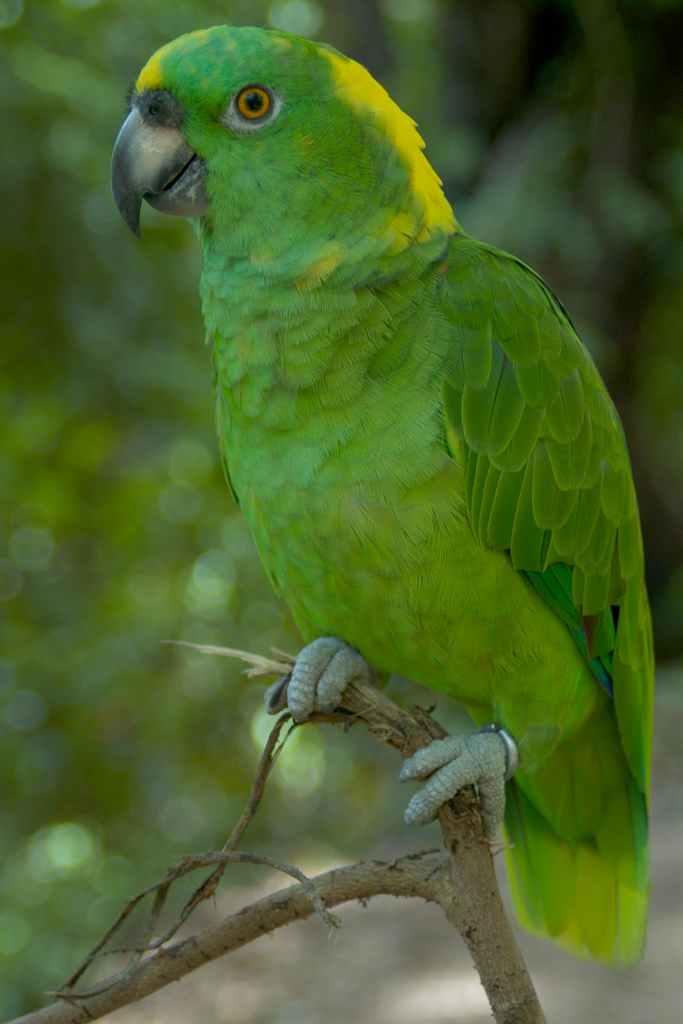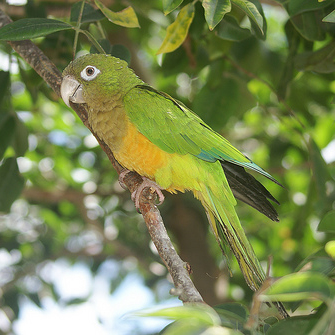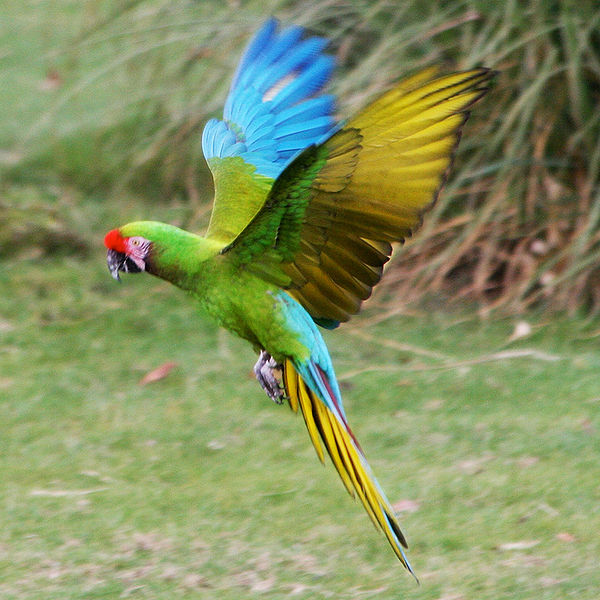 Finches and softbills may be found in every color imaginable, but birds with black plumage are very scarce in the trade. One exception is the aptly named Blue-Black Grassquit or Jacarina Finch (Volatinia jacarina). Not a finch at all, this gorgeous little bird sports deep blue-black feathers that are highlighted with purple – always striking, but especially so when housed with brightly-colored species.
Finches and softbills may be found in every color imaginable, but birds with black plumage are very scarce in the trade. One exception is the aptly named Blue-Black Grassquit or Jacarina Finch (Volatinia jacarina). Not a finch at all, this gorgeous little bird sports deep blue-black feathers that are highlighted with purple – always striking, but especially so when housed with brightly-colored species.
Natural History
The Jacarina Finch is actually classified as a Tanager (Family Thraupidae) and is more closely related to the brilliant Brazilian Tanager (please see photo) than to any of the common pet trade finches. It is, however, finch-like in its behavior and captive needs, and gets along well with most species. Read More »
 That Bird Blog – Bird Care and History for Pet Birds
That Bird Blog – Bird Care and History for Pet Birds




